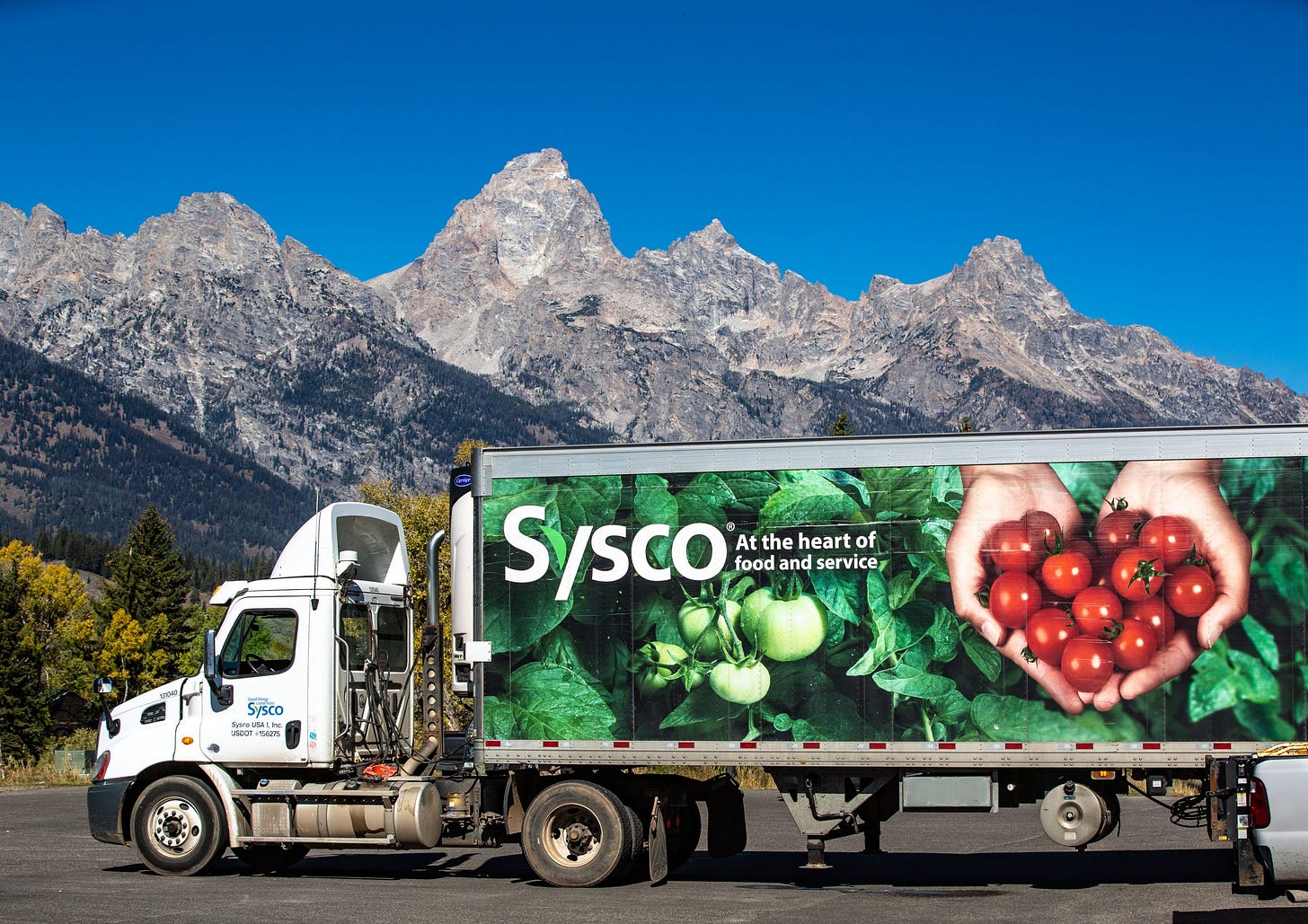11/20/2025: Sysco Drivers Are an Appropriate Unit
Board interest rate remains at 7 percent.
Sysco USA III, LLC D/B/a Sysco Allentown, 04-RC-366220 (Regional Election Decision)
The Regional Director found that a proposed bargaining unit consisting solely of approximately 83 drivers at Sysco’s Allentown facility was appropriate, rejecting the employer’s argument that the unit must include an additional 75 warehouse and maintenance employees.
The petitioner union sought to represent delivery drivers, local delivery drivers, driver trainees, shuttle drivers, and special delivery drivers working out of the facility and three associated domicile locations. The employer contended this was a fractured unit and that only a wall-to-wall unit including warehouse selectors, receivers, forklift operators, maintenance technicians, and two routers would be appropriate.
Applying the standard from American Steel Construction, the Regional Director first determined whether the petitioned-for unit was readily identifiable and shared a community of interest. The drivers worked in a separate Transportation Department with distinct supervision, possessed CDL licenses requiring specialized training, had different working hours (arriving between 12:30 a.m. and 6:00 a.m. versus warehouse employees working evenings), earned approximately $5 per hour more in base pay, and spent 90 percent of their workday driving away from the facility. The parties had stipulated that the five driver classifications shared functional integration and community of interest with each other.
Under the second prong, the Regional Director found the employer failed to establish that the excluded employees shared an “overwhelming community of interest” with the drivers. The drivers had minimal daily contact with warehouse and maintenance employees, performing manifestly distinct work. The few instances of temporary interchange—injured drivers on light duty, occasional warehouse employees riding along on deliveries, or one driver voluntarily working in the warehouse for a week—were sporadic and insufficient. There was no evidence of permanent transfers between classifications. The employer’s “Warehouse to Wheels” CDL training program showed only possibility of future transfer, as no employee had completed it.
The Regional Director emphasized that functional integration requires employees to work together and depend on each other to accomplish tasks, not merely participate in the same production process. While all employees contributed to delivering products to customers, they performed distinct, independent tasks. The domicile drivers, who represented 15 percent of the unit, never reported to the facility and had no contact with the excluded employees.
The decision noted that drivers-only units are inherently appropriate under Board precedent, and that similar petitions had been granted at seven other Sysco facilities in recent years. The Regional Director also observed that at Sysco’s nearby Philadelphia facility in the same region, drivers and warehouse employees were not only in separate units but represented by different union locals.
The Regional Director directed an election in the drivers-only unit, finding it appropriate under Section 9(b) of the Act.
Significant Cases Cited
American Steel Construction, Inc., 372 NLRB No. 23 (2022): Reinstated the modified Specialty Healthcare standard requiring employers to show excluded employees share an “overwhelming community of interest” with the petitioned-for unit.
Specialty Healthcare & Rehab. Ctr. of Mobile, 357 NLRB 934 (2011): Established that a petitioned-for unit is appropriate unless excluded employees share an overwhelming community of interest such that traditional factors “overlap almost completely.”
E. H. Koester Bakery Co., Inc., 136 NLRB 1006 (1962): Established that drivers may constitute an appropriate separate unit when they spend most time away from the facility with distinct working conditions and little contact with other employees.
DTG Operations, Inc., 357 NLRB 2122 (2011): Clarified that functional integration exists only where employees must work together and depend on each other, not merely when part of the same production process.
Triangle Building Products Corp., 338 NLRB 257 (2002): Held that drivers may constitute an appropriate unit apart from warehouse and production employees unless so integrated they have lost their separate identity.
Cellco Partnership D/B/a Verizon Wireless, 19-RD-374400 (Regional Election Decision)
The Regional Director dismissed a decertification petition filed by an individual petitioner seeking an election among employees of Verizon Wireless represented by CWA Local 7803. The petition was filed on September 30, 2025, and Region 19 issued a Notice of Representation Hearing scheduling a hearing for November 21, 2025.
The dismissal was based on procedural grounds. Sections 102.61(c)(8) and (f) of the Board’s Rules and Regulations requires that the original showing of interest from petitioners be received by the Regional Director no later than two business days after filing the petition. Accounting for the NLRB’s closure due to a lapse in appropriations, the deadline for the showing of interest was November 14, 2025. The petitioner failed to submit the original showing of interest by this deadline.
As a result, the Regional Director ordered the petition dismissed, withdrew the Notice of Representation Hearing, and cancelled the scheduled hearing. The decision includes standard language regarding the right to request review with the Board in Washington, D.C., within ten business days of service, with detailed instructions for electronic filing procedures.
Board’s Interest Rate Remains at 7 Percent for the Fourth Quarter, Calendar Year 2025, OM 26-01, (OM Memo)
For purposes of calculating monetary damages, e.g. back pay, the NLRB’s interest rate remains at 7 percent. It has stood at 7 percent since January 1 of this year.

